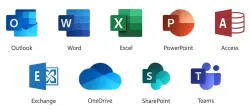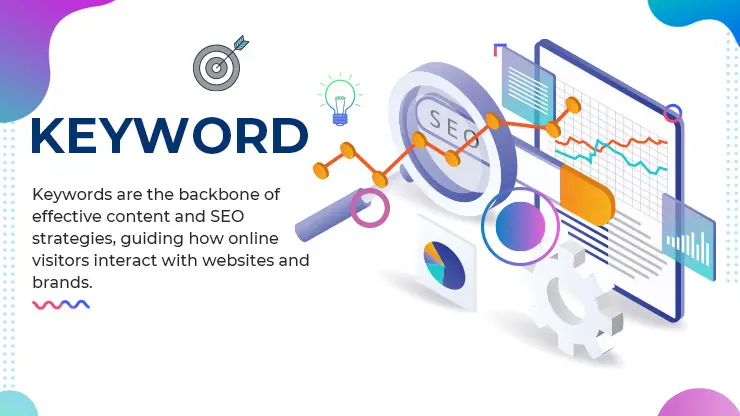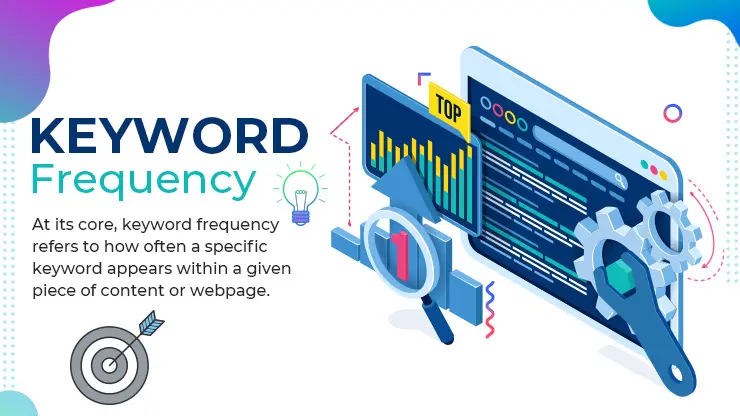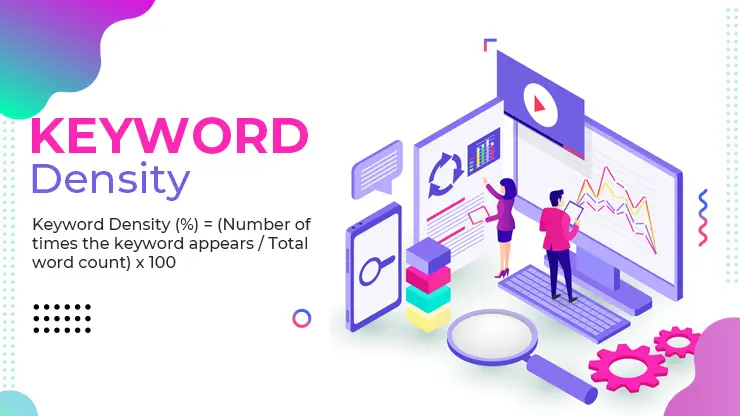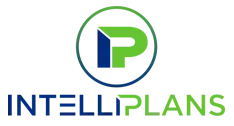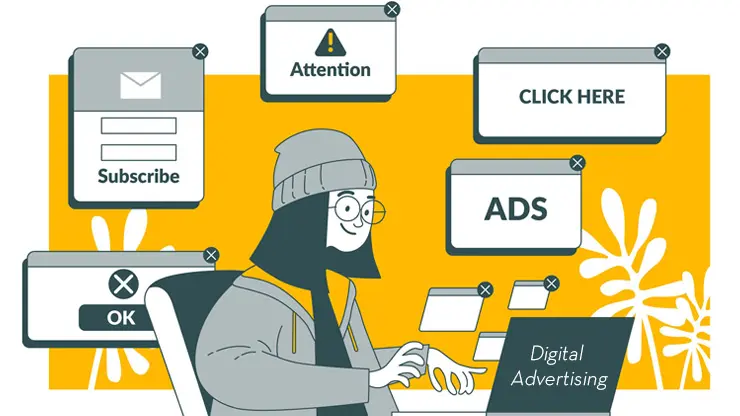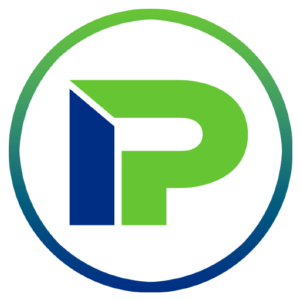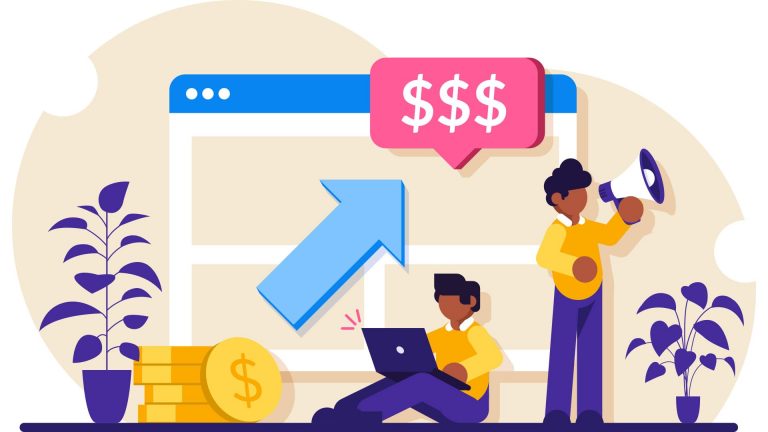The Challenge of Digital Ad Campaigns
Effective digital ad campaigns involve multiple elements working together, supported by immediate data analytics. Understanding that crafting an effective digital ad campaign is more than just making ads; it’s about integrating various elements seamlessly. Regularly review and adjust your strategies using available data.
A study by WordStream found that using data to optimize ad campaigns can increase conversion rates by up to 25% (WordStream).
Strategy and Planning: Foundational Phase
This phase involves making critical decisions on six elements that influence campaign success. Prioritize the planning phase to set a strong foundation. Outline clear goals, target audience, and ad strategies. According to HubSpot, businesses that clearly outline their strategy are 538% more likely to report success in their campaigns.
Success in marketing is not just about having the right tools but knowing how to leverage them effectively.
Audience Targeting (Geographic and Demographic): Key Audience Selection
Success relies on targeting the right audience, measured by CTR and conversions. Use tools like Google’s Keyword Planner or Facebook’s Audience Insights to identify and target the right audience accurately.
Facebook Ads are recognized for their impressive targeting precision. Recent statistics indicate that the average accuracy of Facebook’s ad targeting is approximately 89%. This number illustrates the platform’s effectiveness in reaching users by leveraging demographic information such as age, gender, and location, along with their interests. In terms of demographics, Facebook excels in specificity, with research revealing a 90% accuracy rate for gender targeting and an 85% accuracy rate for age group targeting.
Ad Frequency: Optimal Repetition
Determines how often an ad is shown, affecting potential actions, and is visualized as a bell curve. Monitor the ad frequency to ensure it’s within the optimal range. Too frequent and it becomes annoying; too rare and it gets ignored. MarketingLand reports that the optimal ad frequency often lies between 5-7 exposures.
Campaign Flight: Duration and Budget
Refers to how long the campaign runs, typically influenced by budget, ensuring enough time for effective ad frequency. Balance your campaign’s duration with the budget to ensure sufficient ad exposure without exhausting your funding. A case study by AdEspresso demonstrated that extending the campaign duration by 10 days increased lead generation by 15% without additional costs.
Budget: Financial Base
Influences all aspects, with metrics like cost-per-click and CPA guiding budget effectiveness. Regularly monitor and adjust your budget based on performance metrics like CPA and ROAS to maximize the campaign’s ROI. Google Ads benchmarks indicate that companies adjusting their budgets based on real-time performance data achieve 15% better ROI.
Destination: Conversion Goal
Ensures ad promises align with the landing page, aiming to maximize conversion rates. Design landing pages specifically tailored to the ad promises to fulfill user expectations and optimize for conversions. Unbounce reports that customized landing pages can increase conversion rates by up to 300%.
Ad Mix: Diverse Ad Types
Successful campaigns use a mix of ad types, guided by budget, and analyzed through clicks and conversions. Test and implement various ad types (video, display, search, etc.) to determine which combinations yield the best results for your campaign. A report from Outbrain shows that campaigns using a mix of native ads and video content saw engagement rates increase by 34%.
Testing Ad Variations: Essential Experimentation
A/B and multivariate testing are required to optimize ad performance. Treat A/B testing and multivariate testing as mandatory practices to find the most effective ad variables. A case study from VWO highlights how A/B testing improved their client’s conversion rates by 49%.
Ad Visuals: Attention-Grabbing Elements
Visuals should set the mood and capture attention, often using dynamic elements. Invest in high-quality, dynamic visuals that are compelling and resonate with your audience’s preferences. A Nielsen Norman Group study found that users are 80% more likely to engage with content that includes colored visuals.
Ad Copy: Concise and Memorable
Brief and impactful text that directly conveys the value proposition and prompts immediate action. Focus on creating short, impactful ad copy that directly conveys the value proposition and prompts immediate action. A study by Advertising Age revealed that ads with compelling and concise copy can boost engagement by 64%.
Ad CTA: Direct and Authentic
Clear calls-to-action that align with promised actions in the ad. Ensure your call-to-action is clear, direct, and aligns with the landing page to reduce confusion and drop-offs. According to Unbounce, having a single, clear CTA can boost conversions by 371%.
Landing Page Significance: The Conversion Hub
The main goal is conversion, and the landing page design is critical. Optimize landing pages for conversion by maintaining simplicity and focus on the primary action you want visitors to take. A report by HubSpot shows that reducing landing page fields from four to three can increase form submissions by 50%.
Page Speed: Immediate Engagement
Fast load times directly correlate to higher conversions. Regularly test and optimize your landing page load times using tools like Google PageSpeed Insights. Google found that a one-second delay in page response can result in a 7% reduction in conversions.
Device Compatibility: Frictionless Experience
Ensuring landing pages work seamlessly across all devices to avoid conversion friction. Ensure that your landing pages are mobile-friendly and offer seamless experiences across all devices. Think with Google suggests that 61% of users are unlikely to return to a mobile site they had trouble accessing (“Mastering Mobile: How to Deliver Great Mobile Design,” Think with Google, 2019).
Landing Page Layout: User-Friendly Design
Layout should reduce friction and address visitor concerns for easy conversions. Use simple and intuitive layouts that guide users naturally towards the conversion goal. Neil Patel reports that a well-structured landing page can increase conversion rates by up to 200% (Neil Patel, 2019).
Landing Page Visuals: Cohesive Design
Visual consistency between ad and landing page to build trust and improve conversions. Maintain visual consistency between your ad and landing page to build trust and a seamless user experience. A study by the Nielsen Norman Group found that users are 67% more likely to convert if the landing page matches the ad design.
Landing Page Copy: Emotional Engagement
Align your landing page copy with the tone and messaging of your ad to continue engaging the user effectively. The ad should pique a person’s interest, while the landing page should deliver the emotion a person needs to feel to take action. CoSchedule found that emotionally compelling copy can increase engagement by 23%.
Landing Page CTA: Consistency in Action
Ensures the CTA on the landing page matches that of the ad and drives conversions. The CTA on your landing page should mirror the CTA in your ad, providing a direct and frictionless path to conversion. According to Instapage, having a consistent CTA can boost conversion rates by up to 39%.
Digital Ads Power: Ongoing Adaptation
Digital ads offer powerful insights but require continuous evolution and adjustment based on data. Treat your digital ad strategy as an evolving process. Continuously analyze data and refine your approach to maximize effectiveness. eMarketer reports that marketers who continuously adjust their digital ad strategies see a 30% improvement in campaign performance.

